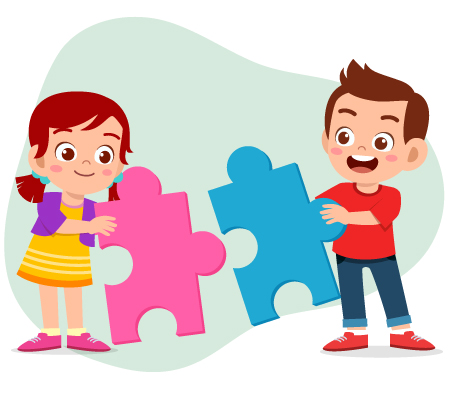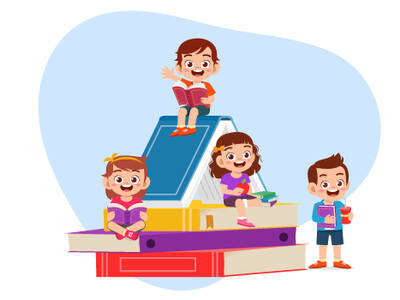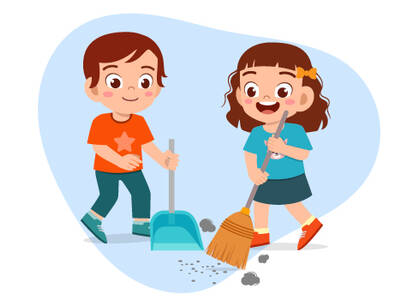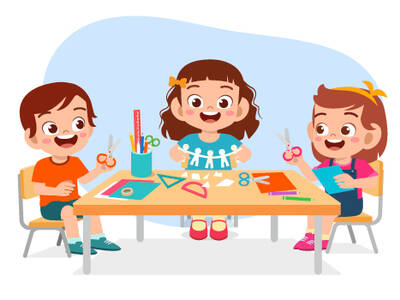
Why Is Gender Equality Work Important In Early Childhood?
OVERCOMING STEREOTYPES
As young children develop, they begin to explore the meanings of being a boy or a girl. They learn about their roles by browsing the world around them. Communication with parents, relatives, peers, teachers, games and fairy tales help children define themselves and the others, using different criteria; they begin to understand what is to be a girl or a boy. They start choosing certain toys based on what they think is appropriate for boys or girls. They also start defining what is considered appropriate for girls or boys only.
The ability to recognize similarities and differences is an important skill that children develop from an early age with the help of adults. They constantly ask questions in an effort to put in order the world around them, to find differences and similarities, as well as connections between different objects. From an early age, they begin to think that being a boy is about doing certain things and having certain likes and dislikes, different from the things done by girls, liked and disliked by them. However, these are not innate. They are lessons taught by adults, and based on their understanding, experience, behaviors, social relationships. Children grow up surrounded by examples of what boys and girls do – family relationships, games they play, fairy tales and movies.
When toddlers choose toys to play with or wear clothes of a certain colour, they do it because they like it. Young children do not make conscious choices based on their understanding that certain toys or clothes are considered suitable for girls or boys only. Yet their choices are not spontaneous, but influenced by the explicit or hidden messages of important adult figures around them. Adults are supposed to help children navigate the world, to understand what the expectations towards them are and what they need to do to be accepted into this world, not isolated and/or rejected.
|
Little girls and boys learn how to behave going through several important stages: » Early childhood: children observe the behavior and activities of adults around them. Much of parents' communication with their infants is influenced by gender and based on stereotypical expectations and socially acceptable patterns for girls and boys. It its turn, this shapes and models the infant's ideas. Eighteen-month-old children develop the ability to identify themselves using a set of features, using various sources of information in this process. While developing their sense of self, they tend to follow models available inside their families and at At this stage their sense of belonging to a certain group takes shape: it is the girls' or the boys' group. » Three-to-four-year-olds: children focus on differences and connect the concepts of „a girl” and “a boy” with some of their At this age rules and expectations of how a girl and a boy should look and behave start shaping, including the choice of toys: an adult is supposed to buy a doll for thegirl and a car for the boy. Certain emotions become acceptable and others don't (e.g. "Don't cry, you're a boy!"). Boys are encouraged to be independent and girls to be obedient. » Five-to-seven-year-olds: most children are already aware that there are rules for girls and boys and that they should follow them. They still do not have enough knowledge and experience to think about the beliefs and values on which these rules are based. Researchers describe this period as the strictest: children have no explanation for many of the norms, yet they understand what is socially acceptable behavior and how different it might be for girls and boys, how ridiculed and isolated they may feel when they fail to follow them. |
While the norms of behavior for girls and boys tend to become less strict and undergo certain changes in the following stages, some of them remain for life. They influence communication, building relationships and partnerships, parenting. This is why efforts to raise children in a spirit of tolerance, respect and esteem for others, acceptance of girls and boys as equally valuable, equally coping and successful should start early on.

These efforts should help children develop an understanding that everyone is equally valuable and meaningful in their interests, abilities and aspirations. At first, it may seem difficult to translate it to the ideas of a 5-year-old, but in fact we can help children develop their understanding of categories “not just girlish or boyish“ such as: • toys are just toys and both girls and boys can have fun playing with them; |
It is very important to work with children in order to develop their critical thinking, but it is equally important to work with the adults around them, in a parallel effort.
Related Articles
Human rights are core standards acknowledging the need for dignified life for all people in the world. The Universal Declaration…
Fairy tales and the world of the child. How to use fairy tales to introduce the topic of gender equality in the education…
Gender equality implies equal rights for women and men, girls and boys, as well as equal access to rights, resources, opportunities…









